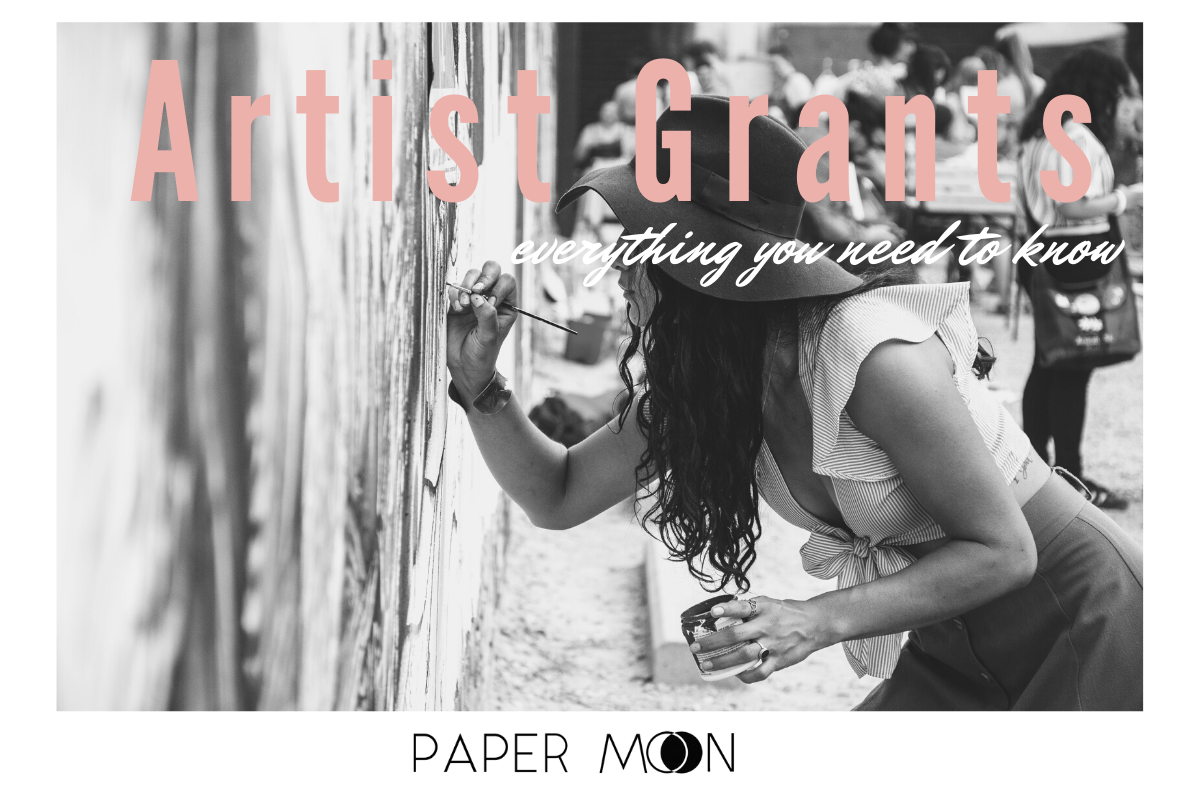Artist Grants - Everything You Need to Know part 1
There are a multitude of ways to make a living as an artist - working commercially, teaching, working within arts based nonprofits or foundations, and of course, grants. But who are artist grants for, and how do you get them? We spoke with the Native Arts and Cultures Foundation, and the First People’s Fund to answer your questions!
Who are artist grants for, and how do I find them?
Artist grants can support a number of opportunities including community engagement, professional development, gallery work, festivals, markets, and more. If you can dream it, you can find it.
Research is key. If you’re an emerging artist, set your sites on local funding, including metro and state government opportunities for the arts. Once you’ve got your foot in the door it is easier to expand your prospects. Start simple, start local, and start with smart research.
I’m a new artist, what do I need to get started?
There are four crucial elements to nearly all artist grants. Depending on the institution you’re applying to, each category may be weighted differently, but you should work on getting all four current, proofed, and ready to send out with minimal modifications.
What belongs in my …
… Artist Statement?
Your artist statement, depending on the prompt, may be a narrative about your practice, or more specifically about a body of work. Before actually putting pen to paper, think about where you are with your practice now, how you got there, and where you want to go. Recognize where your potential lies (your talent? Your work ethic? Your network of collaborating artists?), and how that will lend towards your development. If you’re worried about your writing, you’re in good company. Not all artists are strong writers, and that’s ok!
… CV & Resume?
Have an unformatted word document that has everything you’ve ever done on it; awards, shows, related work, education, residencies, etc. As you approach a grant, evaluate their values and organize accordingly. If a funder is looking for a list of exhibitions, place more emphasis there. Each funder is different and being able to focus on their particular values will help your resume read more cleanly.
… Work Sample?
For many foundations, this is one of the first things they look at and it frequently carries the most weight. Do you have high-quality images and videos of your work? Are they accessible (are your videos on YouTube or vimeo? Do you have a social media channel? If you’re attaching files, are they properly zipped, sized, and organized?). Many foundations recognize that emerging artists may not have access to professional photographers for their work, use the resources around you to get the highest quality images you can. If you can’t it’s well within reason to request grant funding for professional-grade photographs!
… Website?
There are so many easy to use website platforms these days that it is nearly inexcusable if you do not have a professional website. Having little to no online presence is a big red flag for funders. Having a website that is clean, professional, easy to navigate and includes your work and your artist statement is crucial when seeking grant funds.
Come back next week for part two!
